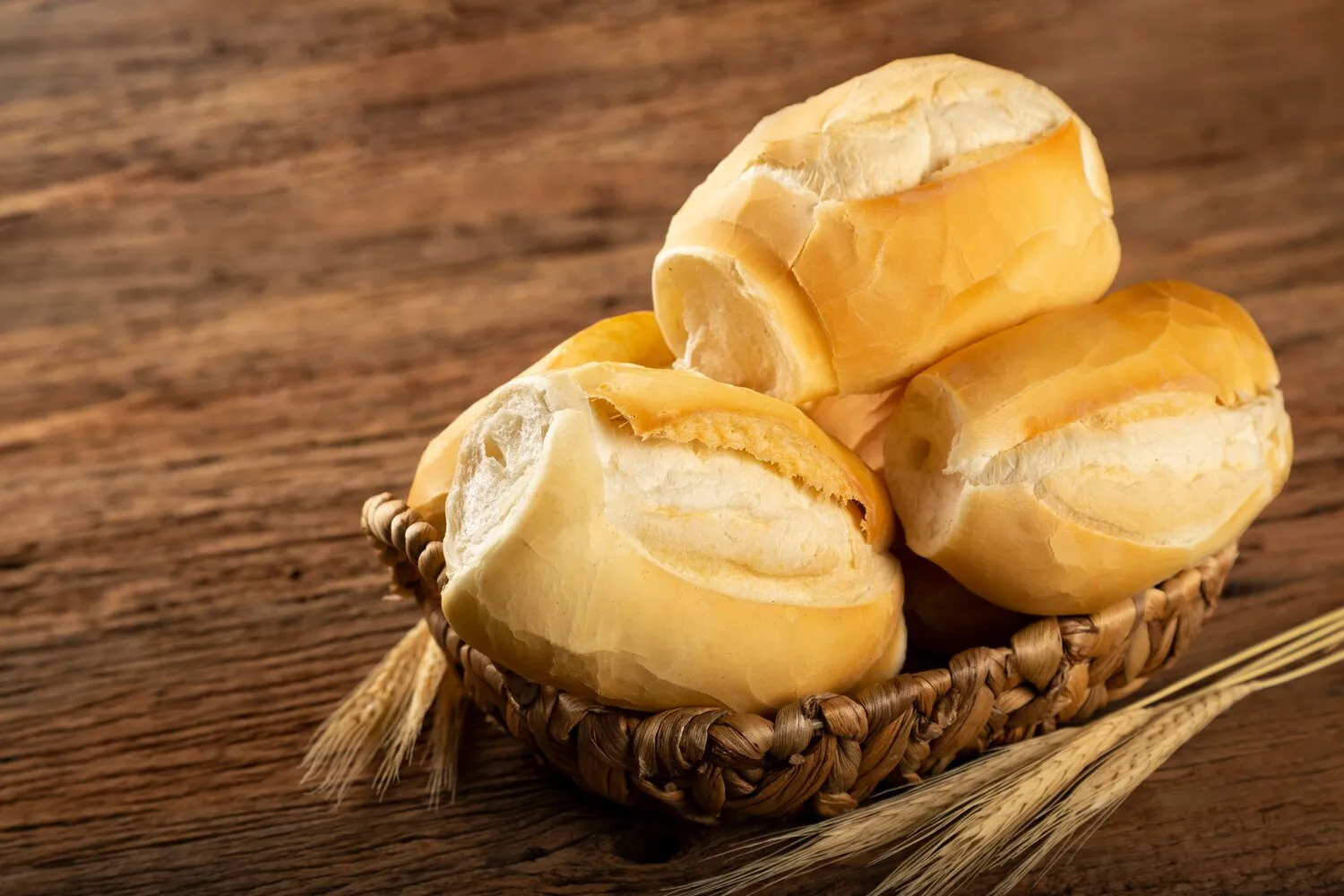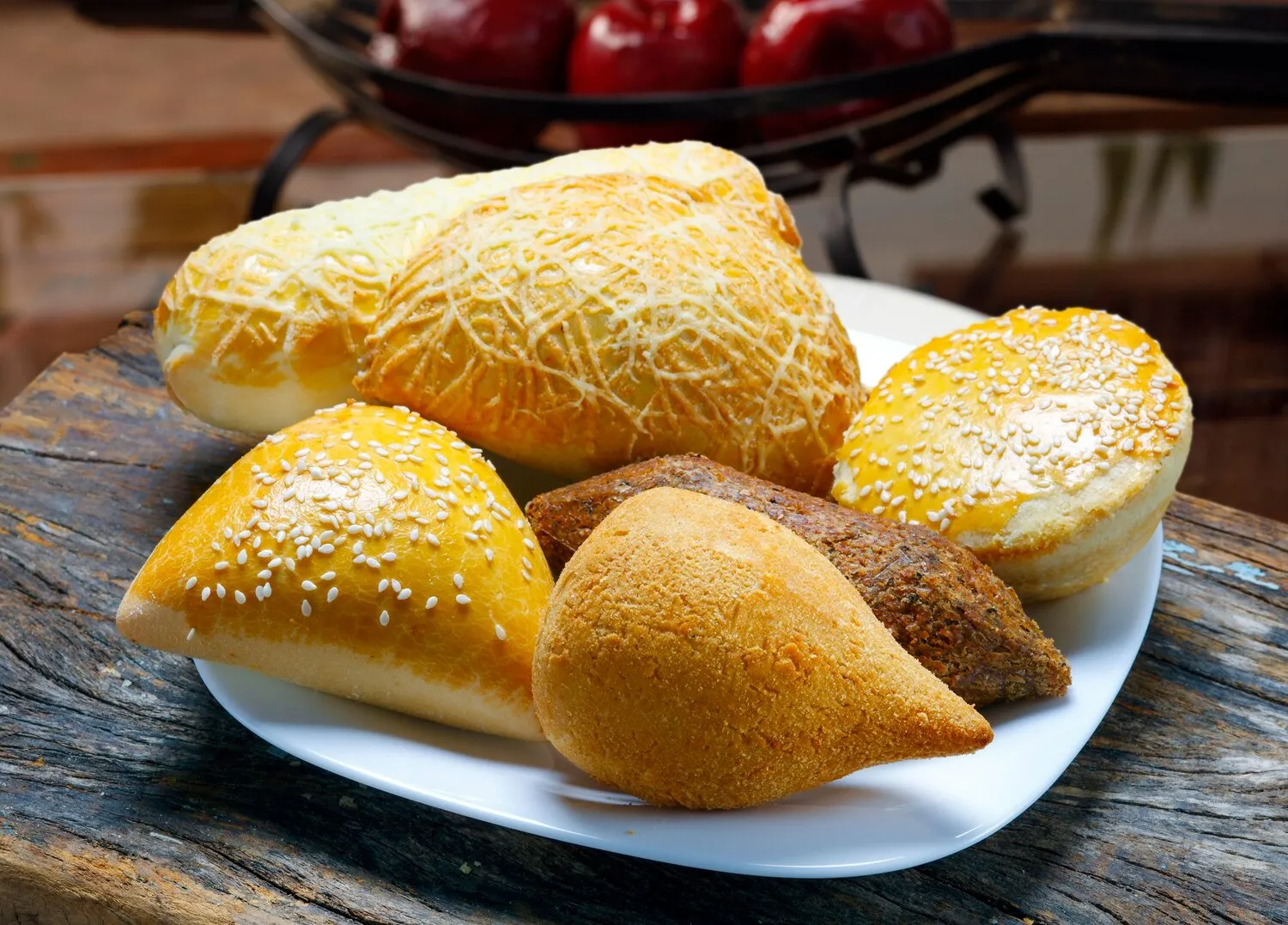
Broodjes
They are known for their sandwiches and various types of bread.
Nutrition Facts
* The % Daily Value (DV) tells you how much a nutrient in a serving of food contributes to a daily diet. 2,000 calories a day is used for general nutrition advice.
The history of broodjes is intertwined with the development of Dutch breadmaking and the growth of urban food culture. Initially, simple bread with cheese or meat filled basic needs, but as trade and urbanization increased, so did the variety of fillings and bread types. Influences came from neighboring countries like Germany and Belgium, known for their bread and meat products.
Broodjes are a staple of Dutch daily life, representing a quick, affordable, and customizable meal often eaten for lunch. They are deeply embedded in the 'broodcultuur' (bread culture) of the Netherlands.
Lunch Culture
Broodjes are a very popular lunch option, often packed for school or work, or bought from specialized shops. The Dutch often have a simple and quick lunch, and broodjes perfectly fit this preference.
Variety and Customization
The vast array of bread and filling options available reflect the Dutch appreciation for choice and customization. Everyone can find or create a broodje to their liking.
Broodjeszaken
Dedicated broodjes shops are common in cities and towns, offering a wide selection of pre-made and custom-made sandwiches. These shops are an important part of the local food scene.
Broodjes offer a wide spectrum of flavors, defined by the choice of bread and filling. Common flavors include savory, salty, tangy, and sometimes sweet depending on the toppings used.
The flavor profile of a broodje is heavily dependent on the ingredients. Common bread types include white bread (wit brood), brown bread (bruin brood), and hard rolls (bolletjes), each offering a different texture and taste. Fillings range from simple cheese (kaas), ham (ham), or liver pate (leverworst) to more elaborate combinations like smoked salmon (gerookte zalm), herring (haring), or various salads. Sauces like mayonnaise, mustard, or curry ketchup add another layer of flavor. Pickled vegetables like onions or gherkins are also frequently used to provide a tangy contrast.
Freshness is Key
Always opt for fresh bread and high-quality fillings for the best taste experience. Stale bread or subpar ingredients can significantly detract from the enjoyment.
Experiment with Flavors
Don't be afraid to try new combinations of fillings and sauces. Dutch broodjes culture encourages experimentation and personalization.
Balance is Important
Consider the overall balance of flavors and textures when creating a broodje. A good balance of savory, salty, tangy, and crunchy elements will make for a more satisfying sandwich.
Explore additional Bakery dishes and restaurants
Explore BakeryDiscover top dining spots and culinary experiences in Rotterdam.
Explore RotterdamLearn more about the food culture, restaurant scene, and culinary heritage of Netherlands.
Explore Netherlands
